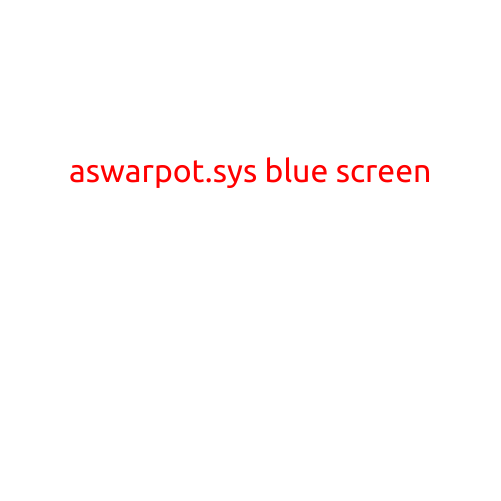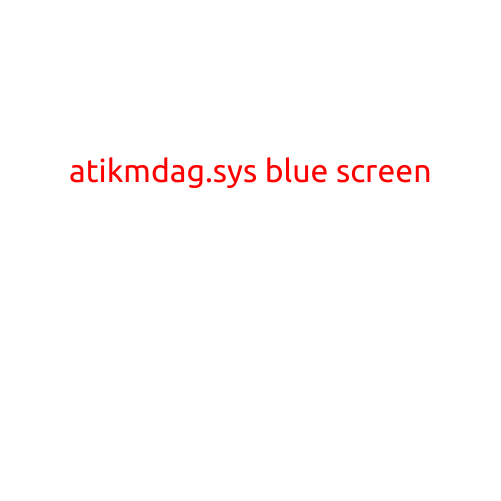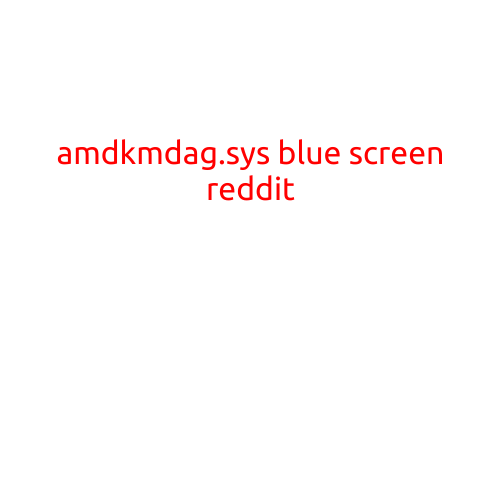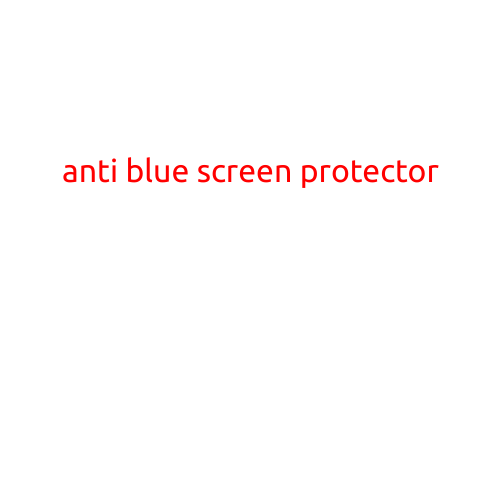
Blue Screen Billboard: A Unique Form of Digital Advertising
In the world of digital advertising, companies are always looking for new and innovative ways to capture the attention of their target audience. One such format that has gained popularity in recent years is the blue screen billboard. This type of digital display system uses a blue screen as the backdrop, allowing advertisers to project high-definition images and videos onto the surface. Here, we’ll take a closer look at the blue screen billboard and how it’s changing the game in the world of digital advertising.
What is a Blue Screen Billboard?
A blue screen billboard is a large, rectangular display screen that is used to display high-definition images, videos, and advertisements. The screen itself is typically mounted on a building or structure, and is often used in high-traffic areas such as city centers, busy streets, and major highways. The blue color of the screen is intended to provide a high-contrast background that allows the projected images and videos to stand out.
How Does it Work?
Blue screen billboards use a technology called LED backlighting, which projects images and videos onto the blue screen. The LED lights are designed to provide a high level of brightness and clarity, allowing the images and videos to be viewed clearly even in bright sunlight. The screen itself is typically made up of a matrix of tiny LED lights that can be controlled individually to create a range of effects, from simple images and text to complex animations and motion graphics.
Benefits of Blue Screen Billboards
So, what makes blue screen billboards so effective? Here are a few benefits that companies are experiencing:
- High-Impact Visuals: The blue screen provides a high-contrast background that allows images and videos to stand out, making them more noticeable and engaging to passersby.
- High-Definition Resolution: The LED lights used in blue screen billboards provide high-definition resolution, making it possible to display clear and detailed images and videos.
- Flexibility: Blue screen billboards can be used to display a wide range of content, from simple images and text to complex animations and motion graphics.
- Targeted Advertising: Blue screen billboards can be strategically placed in high-traffic areas to reach specific demographics and target audiences.
Examples of Blue Screen Billboards
Blue screen billboards are being used in a variety of ways across the globe. Here are a few examples:
- Coca-Cola: The beverage giant is using blue screen billboards in cities around the world to promote its popular brands, including Coke and Fanta.
- Nike: The athletic apparel brand is using blue screen billboards in major shopping districts and sport venues to promote its latest products and campaigns.
- McDonald’s: The fast food chain is using blue screen billboards in high-traffic areas to promote its popular menu items, such as the Big Mac and French Fries.
Conclusion
In conclusion, blue screen billboards are a unique and effective form of digital advertising that offers a range of benefits for companies looking to reach their target audience. With their high-contrast backgrounds, high-definition resolution, and flexibility, blue screen billboards are an attractive option for advertisers looking to make a memorable impact. As the world of digital advertising continues to evolve, it’s likely that we’ll see even more innovative uses of this technology in the future.





